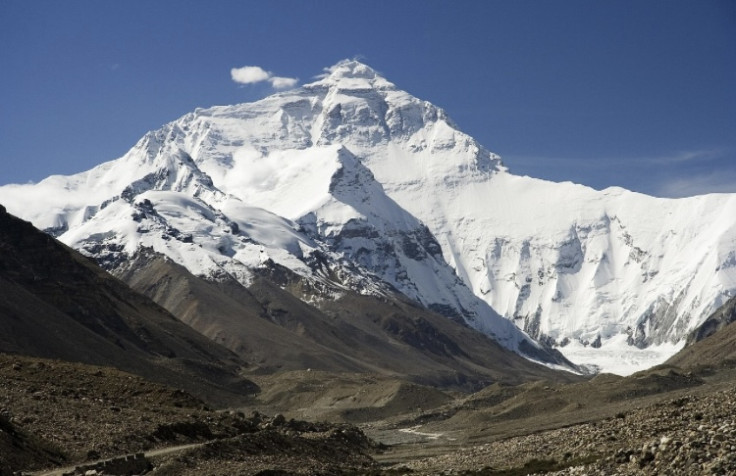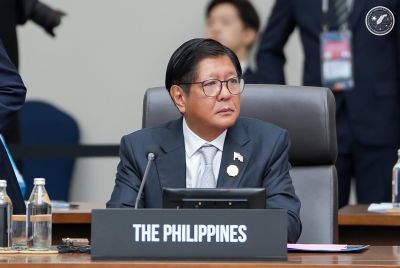Mt. Everest Claims First Life Of 2025: Who Was Philipp Santiago And What Caused His Death?
Filipino mountaineer Philipp Santiago dies on Everest's dangerous final climb

A tragic loss on the world's highest peak marks the start of this year's climbing season, reminding everyone of the mountain's deadly unpredictability. Filipino climber Philipp Santiago reportedly died on 15 May in Camp 4 of Mount Everest, the first recorded death of this year's ascent.
Who Was Philipp Santiago?
Filipino engineer Philipp 'PJ' Santiago II was no stranger to challenge. His journey to Everest was driven by a desire to push his limits and tell a story of perseverance. Santiago was seen as a symbol of the 'everyman'—a man who worked as an engineer, balancing a demanding career with a passion for mountaineering.
Before his expedition, Santiago expressed a desire to 'see the edge and come back and tell my story about it.' His nephew, Karl Miguel Santiago, supported him at base camp, and the climber often spoke about his hope to inspire others. His commitment extended beyond personal achievement; he advocated for access to clean drinking water and the fight against children's cancer. Santiago's words reflected a deep sense of purpose, blending personal dreams with a wish to make a difference.
First Fatality in the 2025 Climbing Season
On the fatal day, Santiago was in the final stages of his expedition, preparing to reach the summit from Camp 4, situated in the notorious 'death zone' at 26,000 feet above sea level. Nepalese officials confirmed that Santiago's body was found at Camp 4, where he was resting when he passed away. His organisation, Snowy Horizon Treks and Expedition, is now working to bring his remains back to base camp.
The Circumstances of His Death
Scaling Mount Everest is an immensely perilous endeavour, with approximately 10% mortality rate among those who reach the summit. The main dangers encompass altitude sickness, severe weather conditions, strong winds, and dangers from avalanches as well as the treacherous Khumbu Icefall. Although the technical difficulty of the climb on the conventional route is relatively manageable, the extreme altitude and severe environmental conditions present considerable hazards to climbers.
Santiago was last seen at Camp 4, a dangerous area where the lack of oxygen can cause bodily functions to deteriorate rapidly. The Himalayan Times reported that his death occurred during the final push, but no definitive cause has been confirmed. Fellow climbers and his family have expressed their grief, with his cousin local Filipino newscasteer Emil Sumangil saying, 'The family respectfully requests privacy as we grieve and process these events. Your understanding, support, and prayers are deeply appreciated.'
A Legacy of Courage and Inspiration
Santiago's death has eclipsed what has been a notable week for Philippine mountaineering. His fellow climbers, Jeno Panganiban and Miguel Mapalad, are still aiming for the summit, with plans to reach the top around 18 May. The Philippine mountaineering community has paid tribute to Santiago as a 'symbol of courage, perseverance, and love for the mountains.'
Friends and family have come out in support and commiseration online, with one post even saying 'Philipp Santiago II—PJ to us, 'Sir PJ' to those who followed him—was never climbing Everest for himself. He did it for something greater. He carried with him the weight of stories far bigger than his own: children at the Philippine Children's Medical Center fighting for their lives, families without access to clean water, and countless people facing unseen mountains every day.'
© Copyright IBTimes 2025. All rights reserved.




















